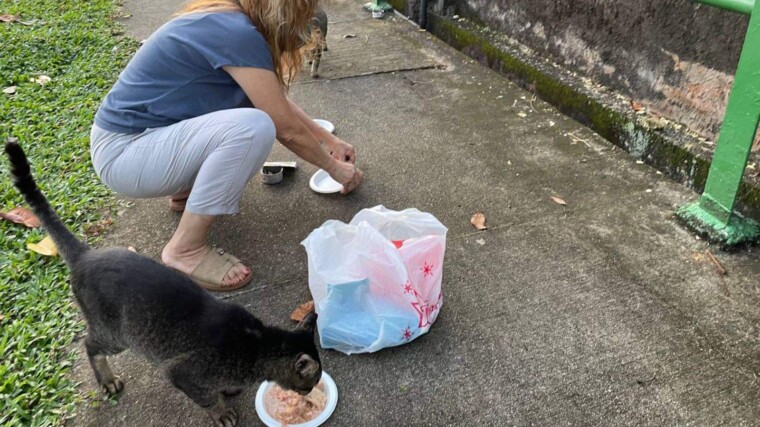|
Audio Version Available
|
“Food! Food! Food!”
Susan Lee, 66, calls out cheerfully, jingling her keys as she strolls around her usual haunts at Tanjong Penjuru, Penjuru Road and Pandan Gardens.
Within minutes, little heads start popping out from nooks and crannies around the area.
I was impressed.
When a friend and I tried to do the same thing in my estate, all we got were suspicious glares from the community cats and strange looks from the neighbourhood residents.
“On days when I can’t come to feed them, my husband would help, but he told me that when I am not here, they (the cats) won’t come out,” Susan laughs.
There’s a good reason for that — the bakery owner has been doing this for the past 25 years. She doesn’t just feed community cats, she rescues them as well.
Sad start to caring journey
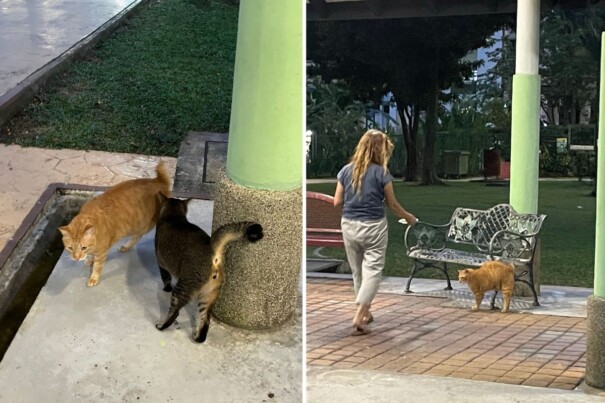
Susan shares that her husband and her two children (who are in their thirties) are supportive and happy with what she does.
In fact, it was actually her husband who started her on her animal rescue journey, says Susan.
He used to feed around stray dogs in the Tuas area — about 16 of them, although most of the originals have passed away by now, she says.
When he travelled for business, he would ask Susan to take over his feeding routine.
“He was the one who got me interested in helping animals,” Susan says with a laugh.
The first time she rescued a cat was on one of these dog-feeding runs, she recalls.
Susan spotted two kittens trapped in a drain, stranded and about to drown. She managed to get the kittens out but was left with a memento — a deep gash on her cheek, she says, showing me the scar.
Her merry smile turns sad as she reminisces. Two days after she rescued them, the two kittens were killed.
“They got hit by a car. Seeing the sight of their mother whining over their lifeless bodies, I decided to devote my time to help these community cats,” says Susan sombrely.
Her routine for the past 25 years
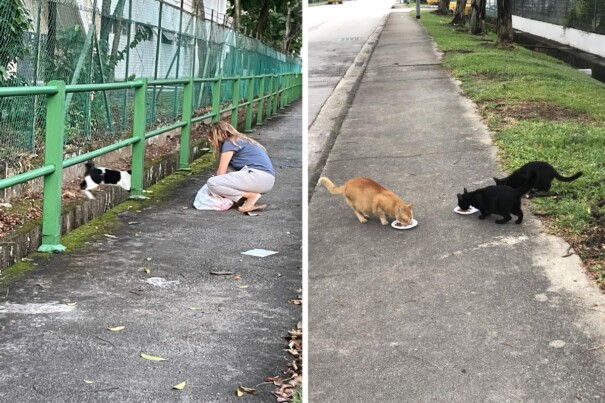
She lives near Tanjong Penjuru so Susan has been feeding the community cats in her neighbourhood and nearby areas since 1988.
Every day after finishing up at her bakery, Susan would get her husband to drive her and a bag of cat food to her usual stomping grounds. From 7pm to 9pm, rain or shine, she would patrol the areas where the community cats would hang out.
She estimates that she feeds up to 50 cats a day.
“Every day?” I ask her, eyes wide. “Yes,” she replies, “unless I’m sick then my husband would take over lor.”
It’s not just feeding though, Susan also helps to catch community cats for neutering.
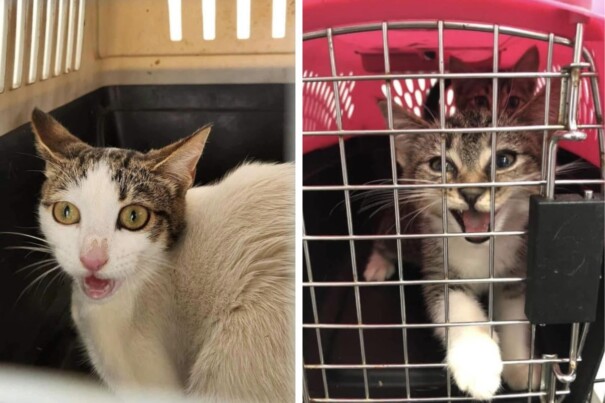
To manage cat abandonment and cat population issues in Singapore, the Cat Welfare Society (CWS) is one of the partners of the Stray Cat Sterilisation Programme (SCSP), which is a resource Susan and other cat feeders use.
Launched in 2011, SCSP is a programme where stray cats are sterilised and microchipped. The Animal & Veterinary Service (AVS) funds part of the cost, while animal groups such as CWS fund the rest.
When Susan spots unsterilised community cats, she hires professionals to trap and transport these cats to get them sterilised.
“The sterilisation fees are paid for by the CWS, so we cat rescuers just need to cover the trapping and transportation fees,” explains Susan.
Other stories you might like


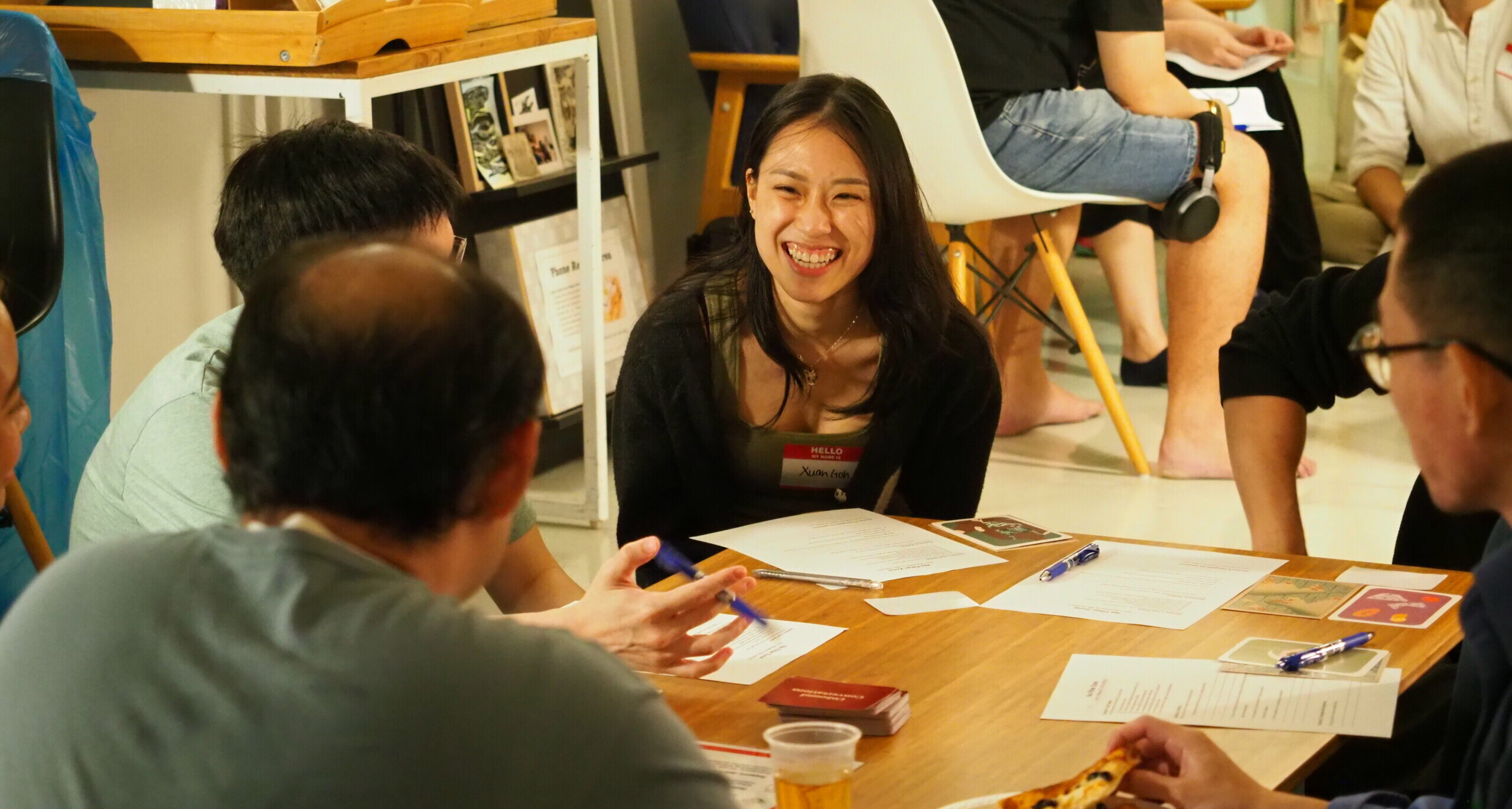
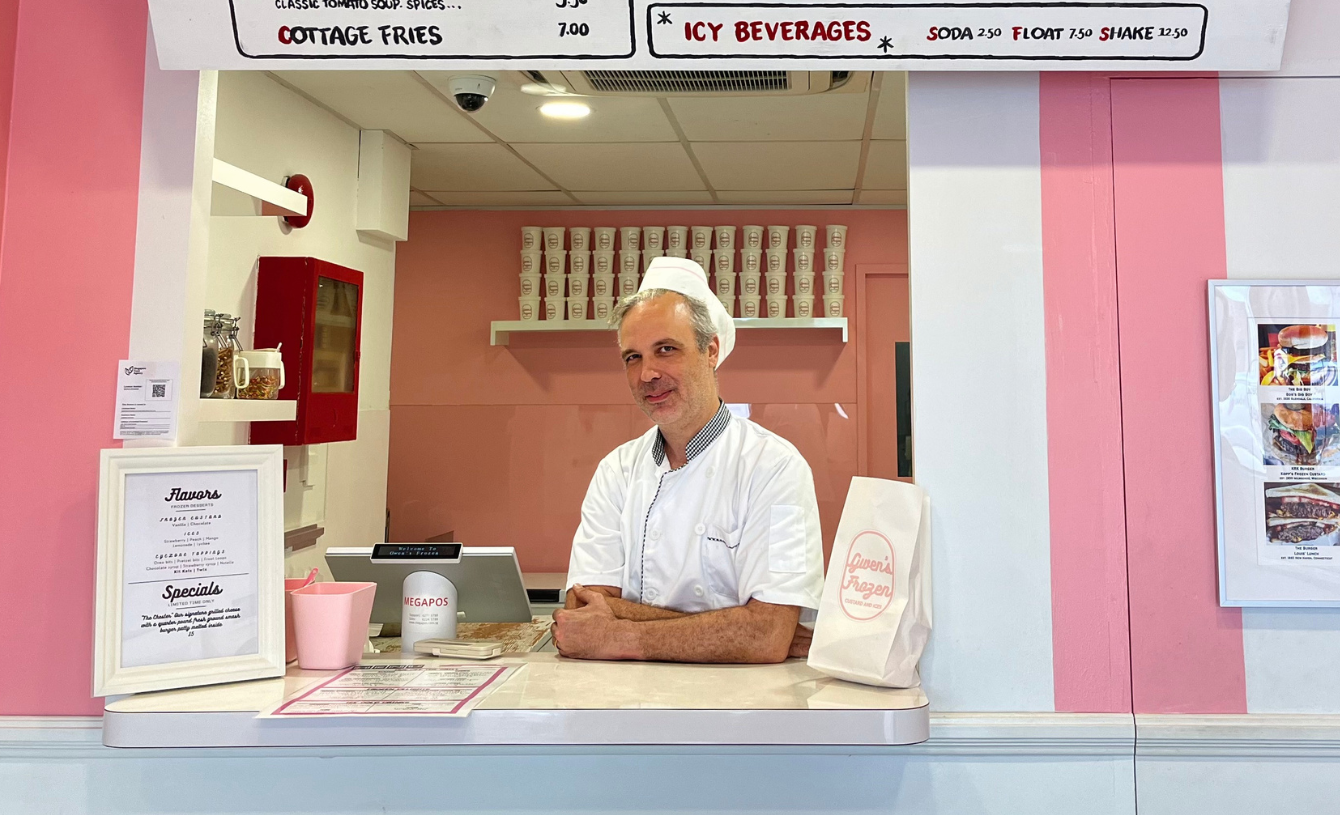
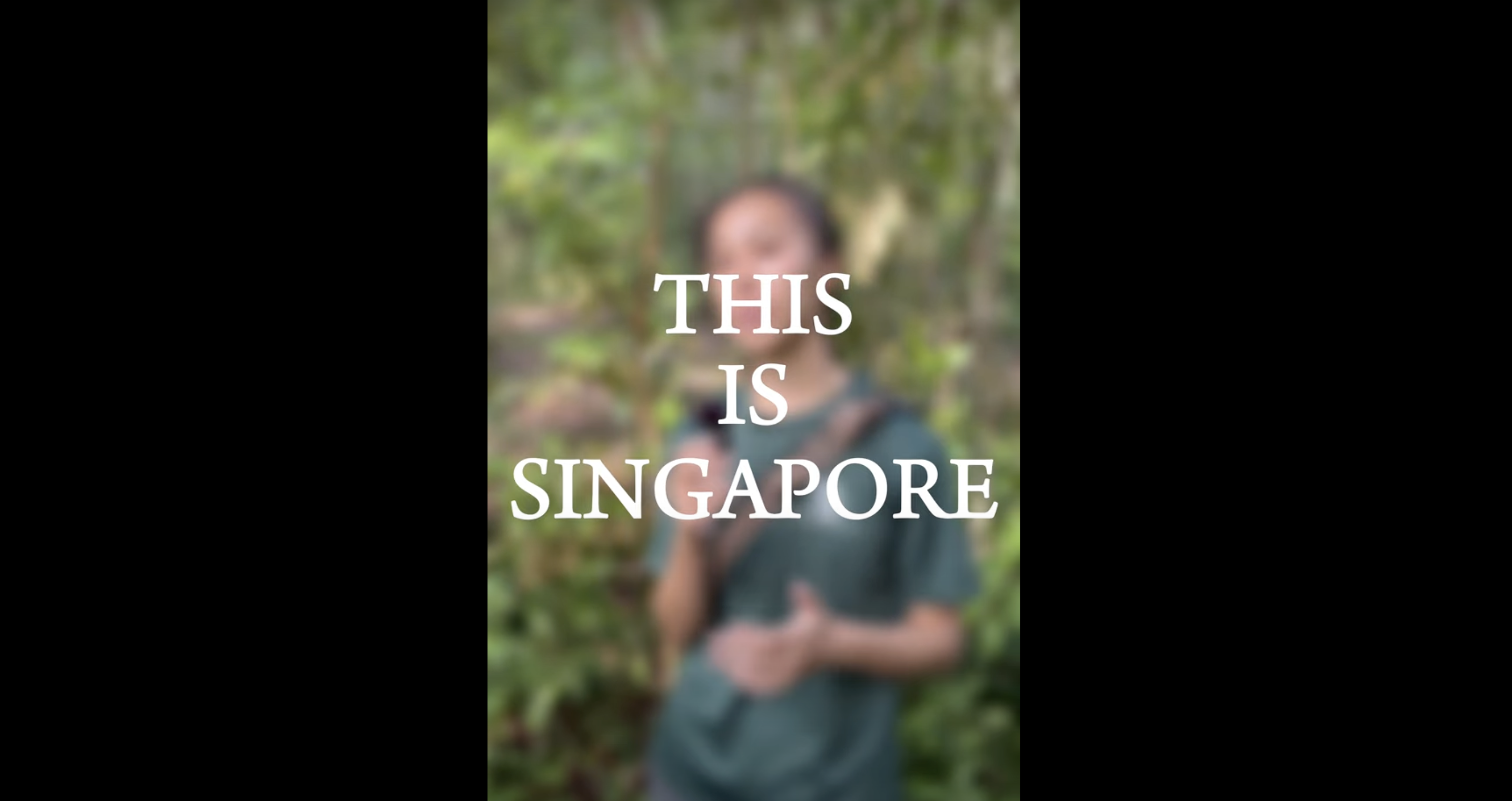
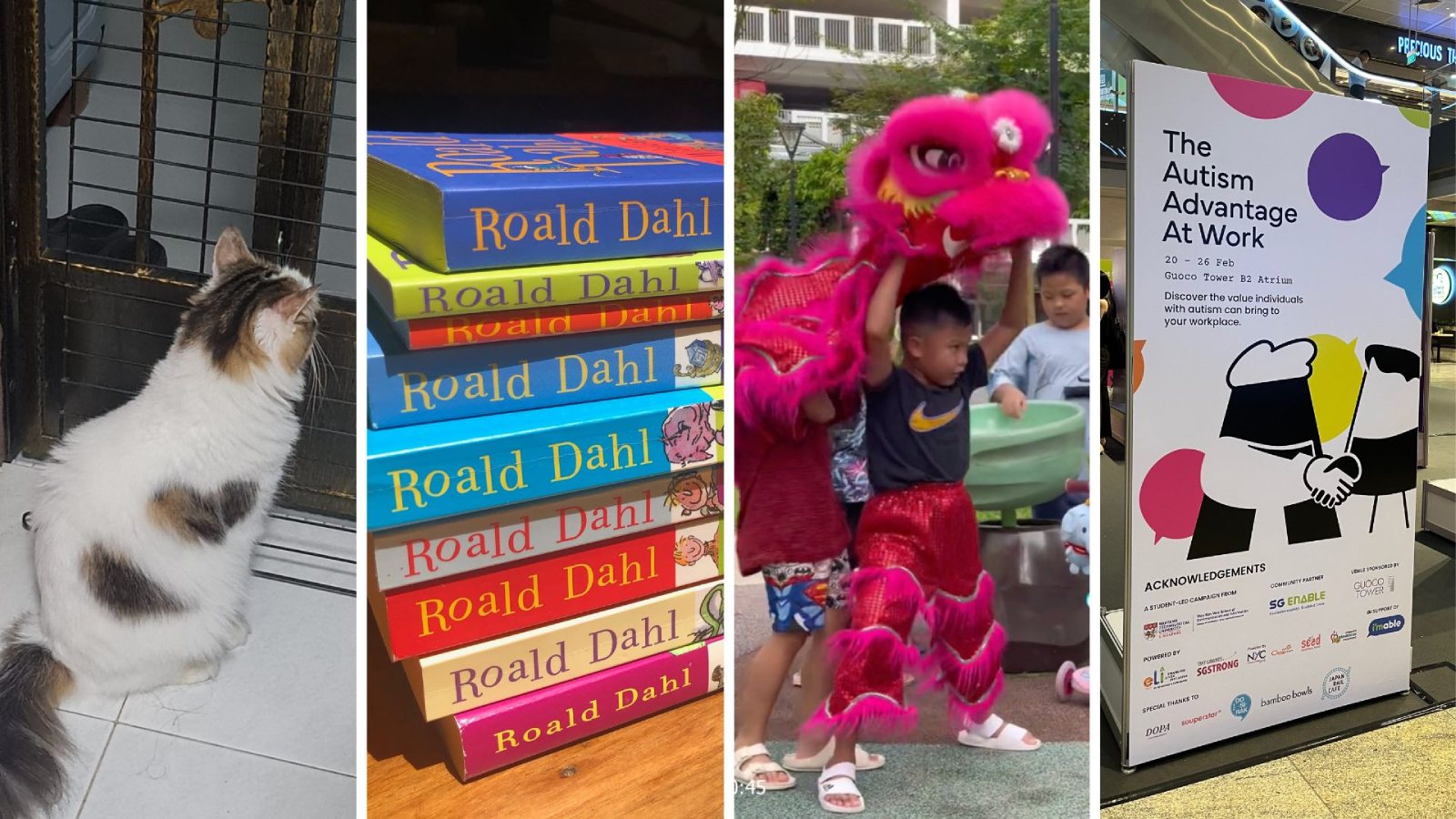
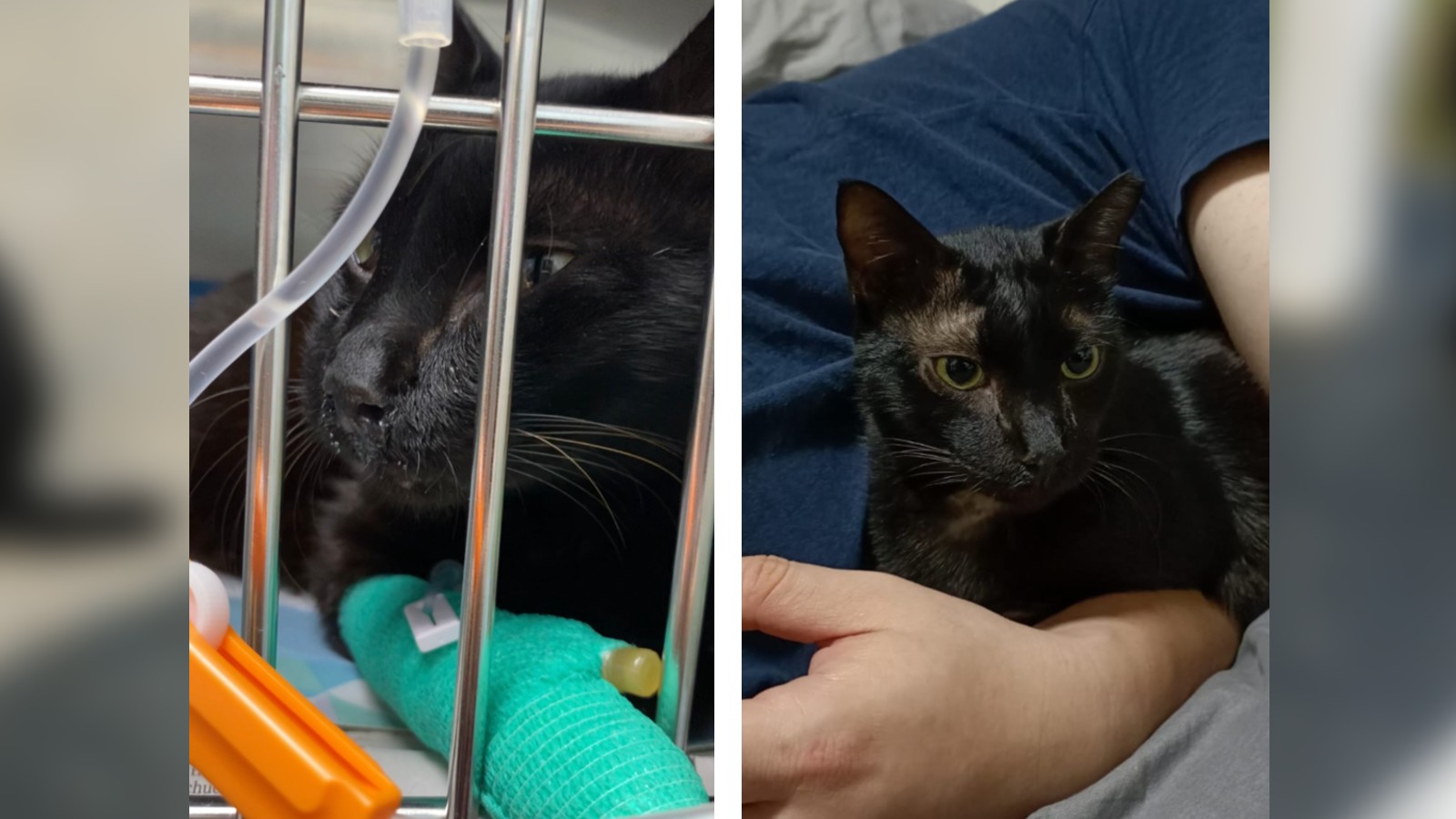
However, since some of the cats that Susan cares for are often found near factories, there have been some challenges.
“Sometimes, it is hard to convince workshop and warehouse bosses to allow us to take the cats back after sterilisation. Even getting their cooperation to watch out for the cats is a challenge,” explains Susan.
Sometimes, if she finds injured or sick cats, Susan would take them to the vet. She estimates that she forks out about $1,000 on her community cats every month, and this doesn’t even include medical expenses.
It takes a village
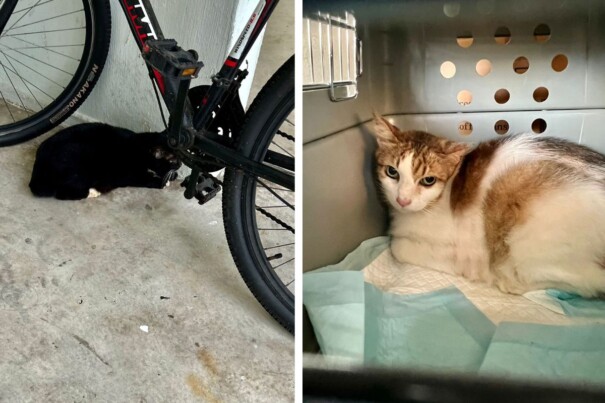
During our walk, Susan shows me a few pictures of two cats hiding between bicycles under an HDB block.
The pictures were taken on Valentine’s Day, she says.
“These are very young kittens, and it is very disheartening that they are abandoned. Look at how cute they are,” says Susan.
When Susan finds any abandoned cats, she would try to rehome them — often paying out of her own pocket for health check-ups.
Other stories you might like






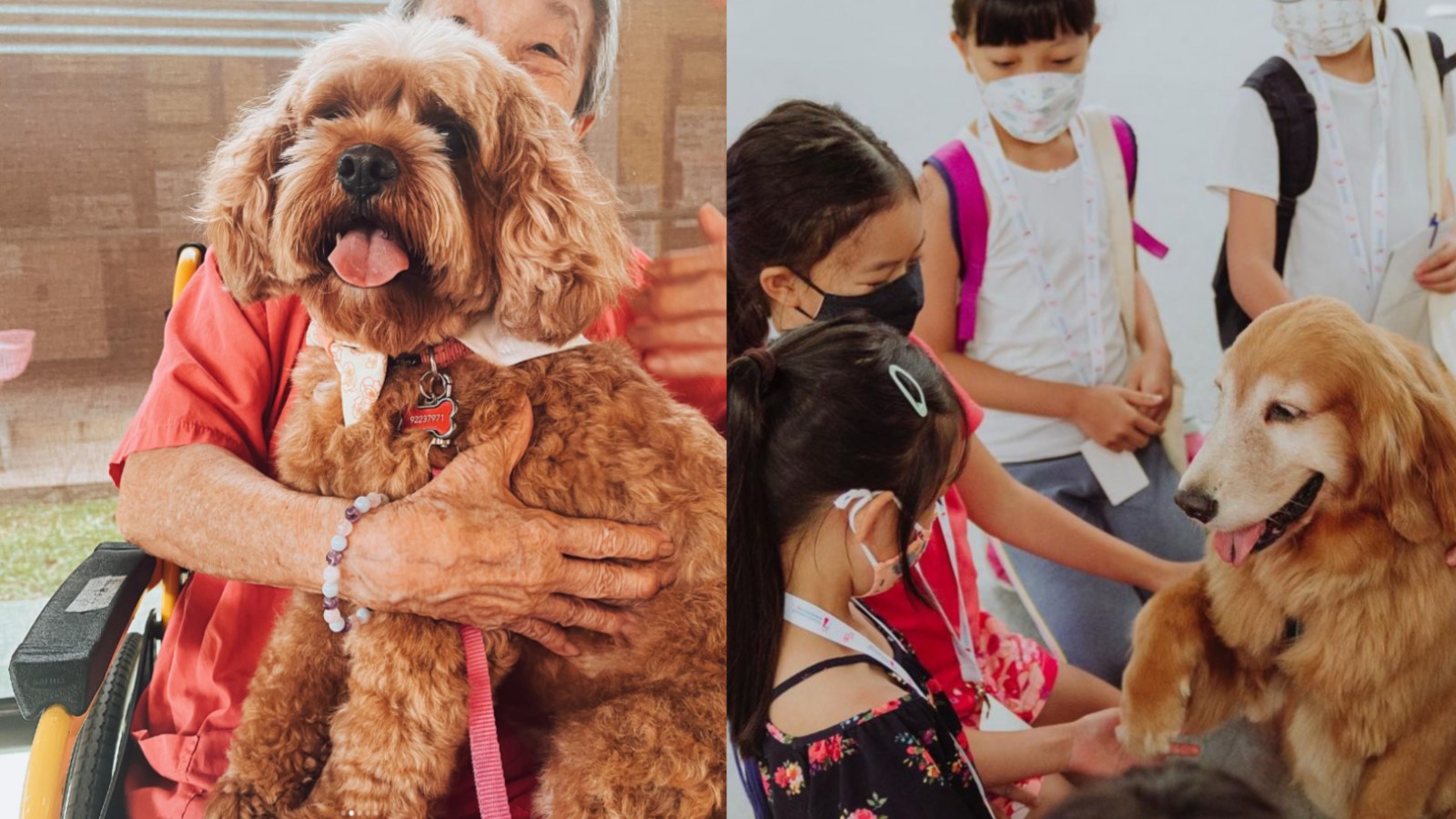
She fosters them until she finds a potential owner, mostly through Facebook posts or word-of-mouth.
She estimates that over the years, she has helped rescue over a thousand abandoned cats.
“The most gratifying thing is to help these kittens and cats find good owners. As a rescuer, I don’t ask for credit. I’m doing what I’m doing to give them a fighting chance,” says Susan.
One of the most common questions Susan gets is: Why do you give so much of yourself to these street animals?
Replies Susan: “I always say, we have no idea what they have suffered on the streets. They don’t know when their next meal will be. Sometimes, a small step in the right direction can turn out to be the biggest step of their life.”
Money’s tight but it doesn’t stop her
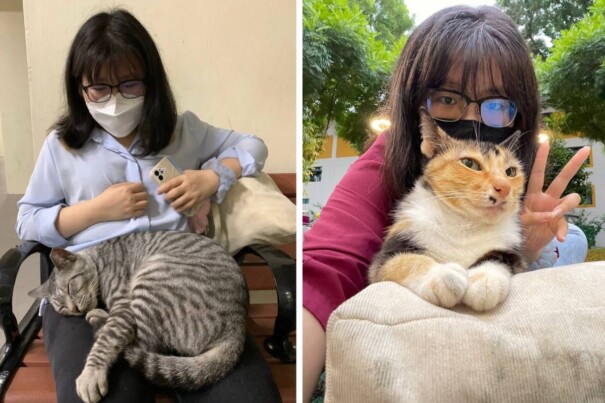
Ivy Chan, 22, is another animal lover who devotes her time to community cats.
She’s a Year 3 student at Republic Polytechnic but Ivy has been feeding community cats since 2015.
Seeing how affectionate she is with community cats now, you’d be surprised to learn that Ivy used to be afraid of felines.
It changed when she saw a friend petting a community cat outside her school and decided to join in. It turned out that cats weren’t as scary as she thought.
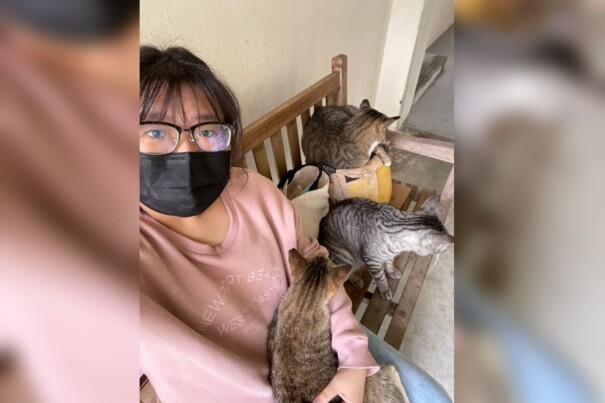
“Since then, I made it a point to visit her (the cat) daily. It helped me get over my fear, then one day I bumped into her regular feeder. From there I learnt about feeding community cats and fell in love with them,” Ivy tells The Pride.
Ivy explains that she used to spend $100 a month on cat food, but the cat feeder community in her area has grown since: They even have a group chat to keep each updated on feeding schedules (and to share cute cat pictures!).
Without needing to spend as much money on cat food, Ivy has now shifted her focus to ensuring the community cats receive proper medical treatment.
Each visit to the vet costs Ivy at least $180.
Other stories you might like





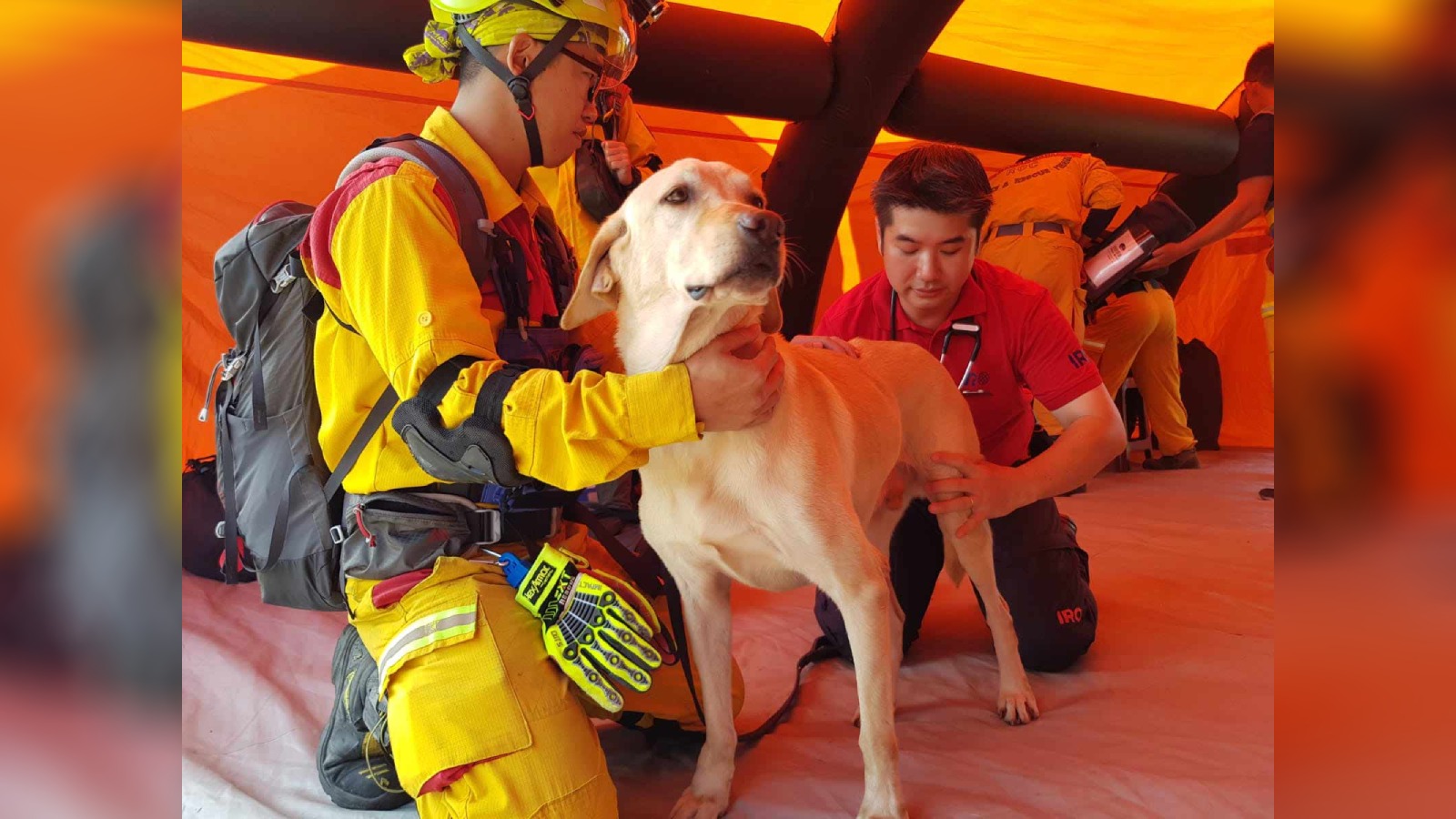
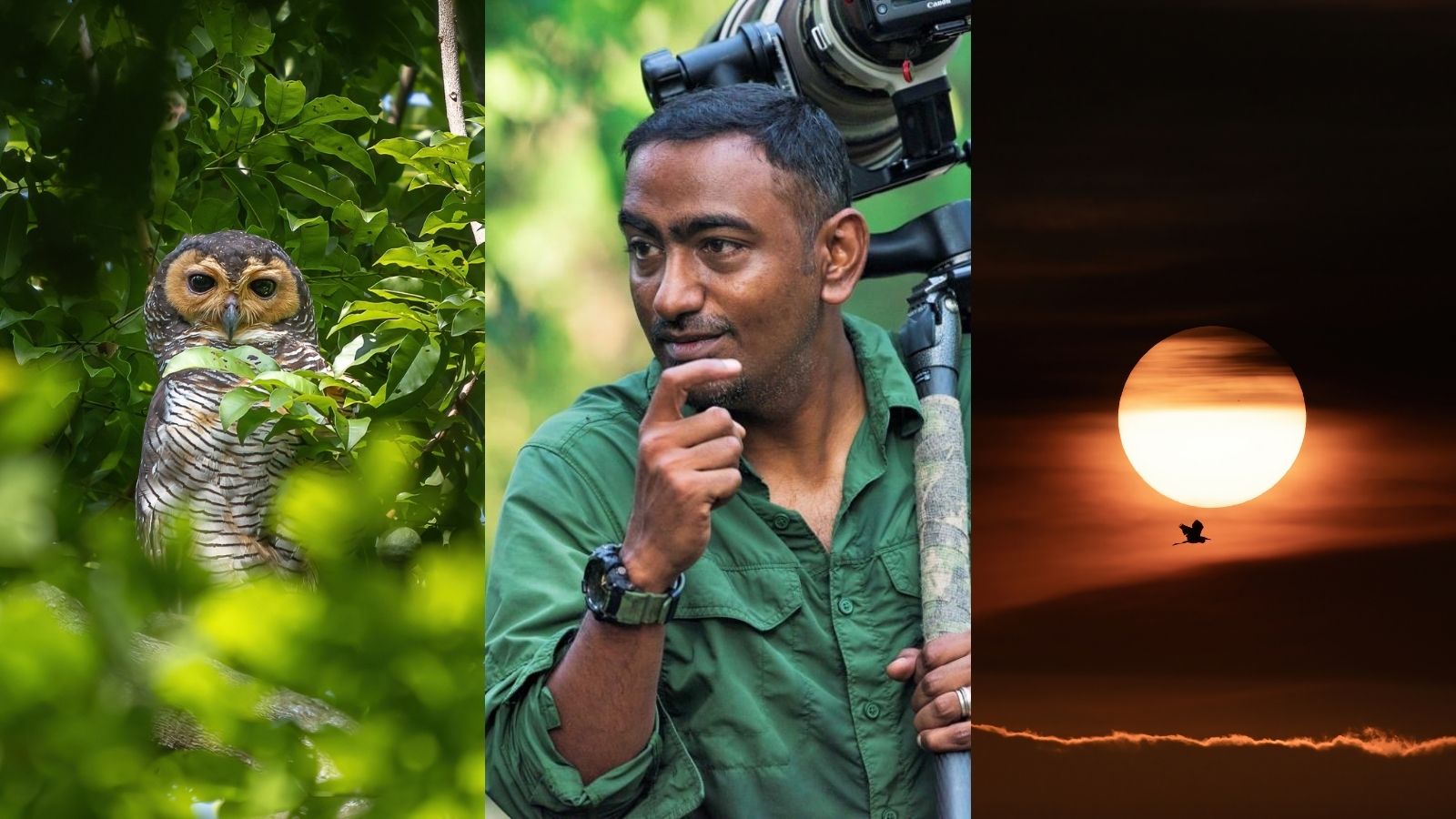
It’s not that much, but being a student and juggling a part-time job, even spending this amount of money can be tough on her finances.
However, Ivy feels that it is worth it.
“I just want them to be happy and healthy. That burst of joy when they run towards you, meowing loudly, with their tail bobbing up and down is something incomparable,” Ivy says.
“There are always things to learn to provide a better quality of life for cats! They are a responsibility, and they aren’t toys.”
Find out more about cats
View this post on Instagram
If you’re interested in finding out more about cats, the Singapore Cat Festival will take place tomorrow and Sunday (Mar 25 and 26) at Great World City.
The event is in its third year and whether you are a cat owner, enthusiast, or simply curious to learn more about these eccentric and lovable creatures, you will definitely have a great time! Admission is free.
If you would like to provide a loving home for abandoned cats, there is an adoption drive by SPCA on both days. For more information, visit The Cat Festival’s website.
If you like what you read, follow us on Twitter and Google News to get the latest updates.
